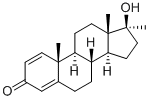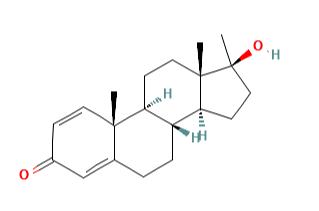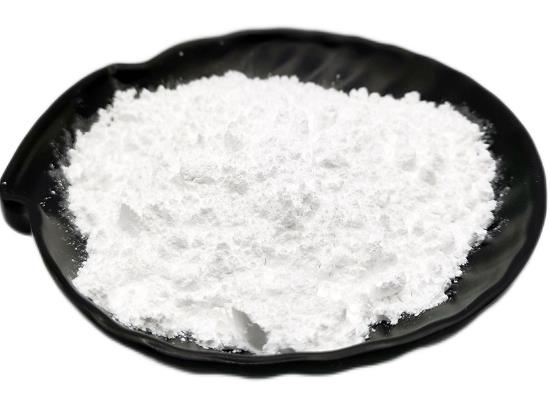Metandienone: Pharmacology and Therapeutic Uses
General Description
Metandienone is an anabolic steroid commonly added to dietary supplements indicated for appetite stimulation in patients with anorexia nervosa. It is also one of the most commonly detected ingredients in sports drug testing. In the United States, Metandienone is a controlled substance under the Controlled Substances Act.
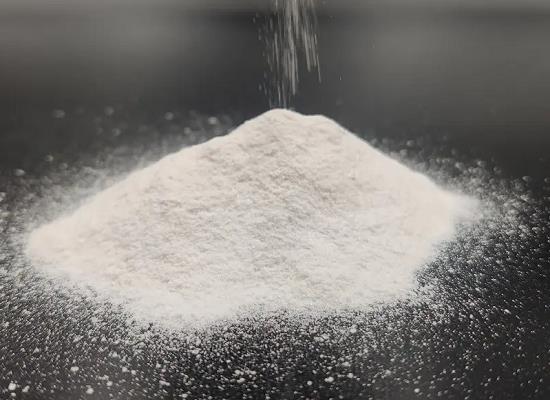
Figure 1. Metandienone
Pharmacology
Enhance muscle mass
Prominent representatives of anabolic-androgenic steroids (AAS) are for instance methyltestosterone, metandienone and stanozolol, which are discussed as model compounds with regard to general pharmacological aspects of synthetic AAS. Recently, nonsteroidal alternatives to AAS have been developed that selectively activate the androgen receptor in either muscle tissue or bones. These so-called selective androgen receptor modulators (SARMs) are currently undergoing late clinical trials (IIb) and will be prohibited by the World Anti-Doping Agency from January 2008. Their entirely synthetic structures are barely related to steroids, but particular functional groups allow for the tissue-selective activation or inhibition of androgen receptors and, thus, the stimulation of muscle growth without the risk of severe undesirable effects commonly observed in steroid replacement therapies. Hence, these compounds possess a high potential for misuse in sports and will be the subject of future doping control assays.
Reduces sperm quality
Metandienone is a sperm inhibitor, but it also has other effects on semen quality. However, these changes are reversible. In a study evaluating the effects of daily administration of an anabolic steroid (Metandienone) on spermatozoa, male athletes taking 15 mg of Metandienone orally over a two-month period showed that sperm density per millilitre decreased by 46 per cent and 73 per cent one month and two months later, respectively, with the latter value being highly pathognomonic (25 ± 22 × 10 ° /ml). Three of the subjects developed azoospermia two months after taking the drug, and one subject had a sperm count of only 1 million sperms per ml. After two months, the percentage of motile cells had decreased by about 30%. The proportion of spermatozoa with normal structure decreased significantly from 73±8% to 65±5% and 42±23% at one and two months, respectively. The proportion of sperm with amorphous heads increased by about 100 per cent after two months of Metandienone use. Other abnormalities in the spermatozoa also increased significantly.
Mechanism of Action
Metandienone is a derivative of testosterone, a naturally occurring hormone with a variety of physiological functions including muscle growth.Metandienone's main action is to mimic the effects of testosterone, thereby promoting anabolic processes (e.g. protein synthesis) while minimising catabolic processes (e.g. protein degradation). Upon ingestion, it will first be converted into an active form that allows it to bind to androgen receptors in different tissues (including muscle cells), which in turn will initiate a series of intracellular processes that will promote protein synthesis. This means that muscle cells are able to make more proteins, which are the basic building blocks of muscle tissue.
Another key aspect of Metandienone's mechanism of action is its ability to retain nitrogen within the muscle cell. Nitrogen is an essential component of amino acids, which are precursors to proteins. By increasing nitrogen retention, methandrostenolone creates a more favourable environment for muscle growth, as the body is always in a state of positive nitrogen balance. This state is essential for muscle hypertrophy, which is the enlargement of muscle fibres as a result of resistance training and anabolic stimulation.
In addition, methandrostenolone affects glycogenolysis. Enhanced glycogenolysis ensures that the muscles have a ready supply of energy during intense exercise, thereby improving endurance and overall performance. This mechanism not only supports prolonged physical activity, but also aids in faster recovery, leading to more frequent and effective training.
Therapeutic Uses
Metandienone is beneficial in the treatment of osteoporosis. A double-blind, randomised, parallel study reported that over a 24-month period, a comparison of the effects of Metandienone with placebo showed that Metandienone could affect total body potassium (TBK) levels, with a significant increase in the treatment group mainly in the first 6 months. Although total body calcium (TBCa) fluctuated slightly, the results of the study suggest that Metandienone may have a role in promoting bone health. total body calcium (TBCa) measurements increased by 11 grams with Metandienone, while decreasing in the placebo group. However, while Metandienone may enhance certain skeletal parameters, its direct effect on bone mass may need to be further explored.
References:
[1] MARIO THEVIS W S. Synthetic anabolic agents: steroids and nonsteroidal selective androgen receptor modulators.[J]. Handbook of experimental pharmacology, 2010, 195. DOI:10.1007/978-3-540-79088-4\_5.[2] M.D. P K H. Effects of an anabolic steroid (metandienone) on spermatogenesis[J]. Contraception, 1977, 15 2: 129-253. DOI:10.1016/0010-7824(77)90013-0.
Related articles And Qustion
Lastest Price from Metandienone manufacturers
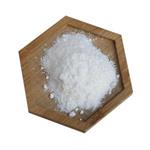
US $260.00/g2025-11-24
- CAS:
- 72-63-9
- Min. Order:
- 100g
- Purity:
- 99
- Supply Ability:
- 999

US $10.00/box2025-07-28
- CAS:
- 72-63-9
- Min. Order:
- 1box
- Purity:
- 99.99%
- Supply Ability:
- 9999
